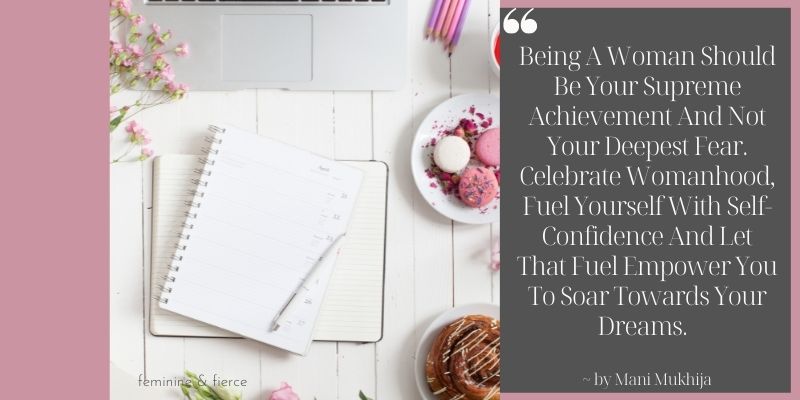I love being a woman. I celebrate my femininity every day. I also have a quiet strength and fierceness in my values that I do not apologise for.
I guess you know this - my entire online women’s program is called ‘Feminine & Fierce’.
I also recognise that being a women doesn’t come without its challenges. Once we hit child-bearing age, every single month we have a reminder of what separates us from the other half of the population. This is often painful, uncomfortable, and usually quite inconvenient (to say the least).
Then, if we are blessed enough to have children, we spend 9 months growing that life, only to then move through a rather life changing experience as we give birth.
Then, our ‘girls’ have the life sucked out of them as we nourish our newborn child.
For the next 35 or so years, we relive this reminder 12 times each year, that we are fiercely feminine, before moving into the next season of our lives.
Wow, what a ride.
Enter Peri-Menopause and Menopause.
This season marks the permanent end of our monthly cycle (and therefore our fertility), with most of us women experiencing these changes between the ages of 45 and 55.
As we enter menopause, our oestrogen and progesterone levels begin to drop.
Because oestrogen acts as a natural protector of our bone strength, this decrease in oestrogen contributes to the development of osteoporosis.
Okay, so what EXACTLY is Osteoporosis?
Let me first explain what a healthy bone could be described as.
You know what a honeycomb looks like? It has small spaces all throughout it, right? Well, the inside of healthy bones have small spaces just like that too.
Osteoporosis increases the size of these spaces, causing the bone to lose its strength and density. Think of a honeycomb with more air / space than honeycomb. There isn’t a lot of density there. To make things worse, the outside of the bone grows weaker and thinner as well.
Great…[sarcasm]
If you fall when your bones are in this state, they may not be strong enough to sustain the fall, and they’ll break.
And if, just if, osteoporosis is severe enough, fractures can occur, even without a fall (or other trauma).
So what can you do about it?

Well, up to around 30, our bodies create more bone than it loses. Excellent news.
But after the ripe ol’ age of 30, bone deterioration occurs more rapidly than bone creation does.
Bummer.
So what this means is that the net effect is a gradual loss of bone mass. So if you step back and think about that, when you reach menopause, the greater your bone density is, the lower your chance of developing osteoporosis is.
In simple terms?
Prevention is definitely the key. Think of your body as a bank. You spend your younger life building or “saving up” bone mass. The more bone mass you have at the start of menopause, the less quickly you’ll “run out.”
‘But Sal, I’m way over 30 - what can I do?’.
So glad you asked.
You can start an exercise regime that is focused on resistance training. It is the best form of prevention of this awful disease.
If you already have a diagnosis of osteoporisis, resistance training will still benefit you. Build up strong lean muscle to support a weakened frame, and that will hold you in much better stead than if you stay sedentary. Not only will it improve your overall strength to increase your resilience to potential falls, it will help improve your balance and posture as well, which could help prevent a fall later in life.
If you have a diagnosis of osteopenia (early stages of osteoporosis), good news! This is reversible. A well structured resistance training program will help to improve the density of your bones. The spaces in the honeycomb will start to decrease, bringing increased density.
So if you are under 30 - start resistance training. Don’t delay. Your future, wiser self will thank you for it.
If you are over 30, guess what? The same applies to you. Give your future self a gift of strength and vibrancy that is resilient to any nasty falls or fractures.



These workouts are designed to be done in the gym environment where you have the use of equipment. They take only 30 minutes with each workout following on and building upon the previous.